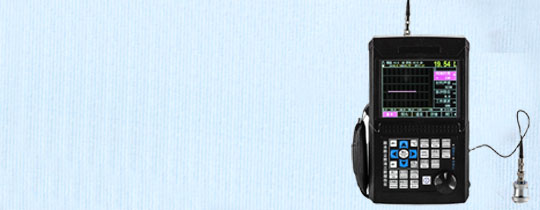
PNP proximity switch non embedded LM12-33002PA/BT-L
There are many types of PNP proximity switches, including non embedded LM12-33002PA/BT-L, which can be classified into AC and DC types according to their different types; There are normally open and normally closed types; There are capacitive, inductive, Hall type, and reed type; There are second and third line, as well as fourth and fifth line; For DC three wire and four wire proximity switches, there are PNP and NPN types.
- LM12-33002PA/BT-L
- ZHUOXIN
- 24v-110v-220v-380v
- IP65
- TT, Paypal, Credit card, Western union
- +86-15163766288
- There are many types of PNP proximity switches, including non embedded LM12-33002PA/BT-L, which can be classified into AC and DC types according to their different types; There are normally open and normally closed types; There are capacitive, inductive, Hall type, and reed type; There are second and third line, as well as fourth and fifth line; For DC three wire and four wire proximity switches, there are PNP and NPN types.
Description

Introduction to PNP Proximity Switch Non Buried LM12-33002PA/BT-L: Proximity switch is a type of switch type sensor (i.e. contactless switch), which has the characteristics of travel switch and micro switch, as well as sensing performance. It is reliable in action, stable in performance, fast in frequency response, long in service life, strong in ability, and has characteristics such as waterproof, shockproof, and corrosion-resistant. The products include inductive, capacitive, Hall, AC, and DC types& PNP proximity switches are non buried LM12-33002PA/BT-L inductive proximity switches, which can be divided into buried (buried) and non buried (non buried) types according to their installation methods. Buried type refers to the sensor head being flat, while non buried type refers to the sensor head having protrusions. The difference between embedded type is as follows: it can be embedded for installation, and the detection surface and surrounding metal can be flush without affecting the performance of the proximity switch; The detection distance is relatively short. Non embedded installation is not allowed, and the detection surface and surrounding metal cannot be flush. There must be a certain amount of space left, otherwise it will affect the performance of the proximity switch; The relative detection distance is relatively long. The periphery of the proximity switch generally has metal threads, and the embedded sensing head is fully enclosed in the metal threads; Non embedded means that the sensing head will expose the metal threads. Mainly to meet installation requirements. If the detected object is tightly attached to the surface, an embedded method can be used; If the object is not detected to be suspended, a non buried type can be used. Wiring: 1. Two wire system Two wire system wiring is particularly simple. Connect the proximity switch and load in series, then connect the power supply, and use the matching detection object material to approach the proximity switch, and the proximity switch will act. 2. The three wire lead has color markings for proximity switches. The three wire lead has color markings, including the color of the positive wire of the power supply (red or brown), the color of the 0V wire of the power supply (blue), and the color of the signal wire (yellow or black). The three-wire wiring of proximity switches is different because there are two types of three-wire wiring: PNP and NPN. If it is an NPN type proximity switch wiring, locate the proximity switch signal wire, connect the load, and then connect the load to the positive pole wire of the proximity switch power supply. If it is a PNP type proximity switch, also find the signal line of the proximity switch, connect the load, and then connect the load to the 0V line of the proximity switch power supply. nine hundred
Tags
Get the latest price? We'll respond as soon as possible(within 12 hours)

















